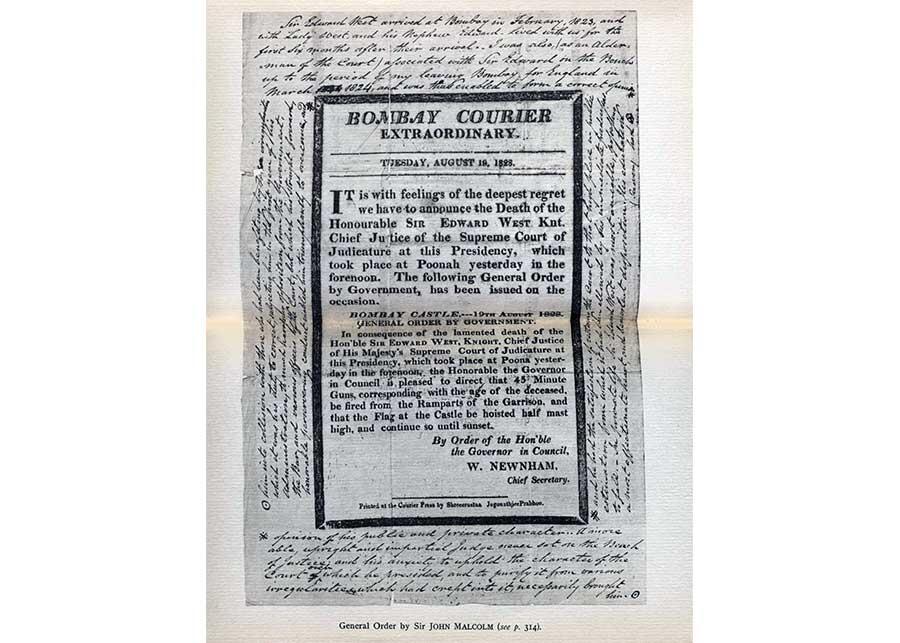
Instructor: Julie Buckler
Course: The Urban Imagination
Students: Hugh Mayo
“Amongst the foreign dependencies of the British Crown none are of greater and more increasing importance than Bombay. The growth of the Australian colonies has been indeed far more rapid, and their sudden acquisition of wealth more astonishing, than any which has been made in India. But the possession of Australia and other colonies is not essential to the maintenance of England’s power and glory; if their independence were to be at once proclaimed, no serious consequences need be apprehended on her account. It is, however, essential to her prosperity that she should preserve her Indian Empire, and every year strengthens the conviction of thinking men, that whether that Empire be regarded from a political or commercial point of view, its most important possession is the Island of Bombay.”
-Philip Anderson author of The English in Western India, 1856 (106-107).
Coming from 1856, one year before the Rebellion of 1857 would hammer the final nail into the East India Company’s coffin (EIC), this excerpt from a historical account of Bombay and Western India reveals, in its zeal, many of the precise reasons the company was a both a flawed and fascinating entity. Despite acknowledging Australia’s much more promising development as a colony, wealth alone in this passage is not the primary concern. The “power and glory” mentioned above appears to be more of a symbolic value, but from where did this symbol arise?
Despite the EIC wanting to acquire the land as early as 1627 due to its “natural advantages,” when Bombay finally did come into the possession of the English in 1661 they “were by no means charmed” by what was then “a barren rock” (Anderson 110, 113, 115). Several years later in 1668, Bombay was passed off to the EIC with “little difficulty” as “the island had been found so burdensome” (Anderson 117). Of course the gap between a nuisance of a “barren rock” and the “most important possession” of the British Empire was not traversed overnight, but the immense disparity speaks to just how much development occurred in Bombay over the several hundred years of EIC governance.
The banner of this exhibit is from a booklet produced sometime in the middle of the twentieth century called The Development of Bombay, which, despite its idyllic cover, details a fairly brutal process that is still ongoing. With the presence of a top-down colonial force, the very notion of development implies not just physical changes in the urban landscape, but cultural and symbolic alterations. In this sense, any history of the EIC in Bombay has two sides: an account of new physical and ideological changes that were built into the urban environment under the aegis of western development, and the stories of everything that was purposefully neglected, repressed, or outright destroyed in the wake of the same western development.